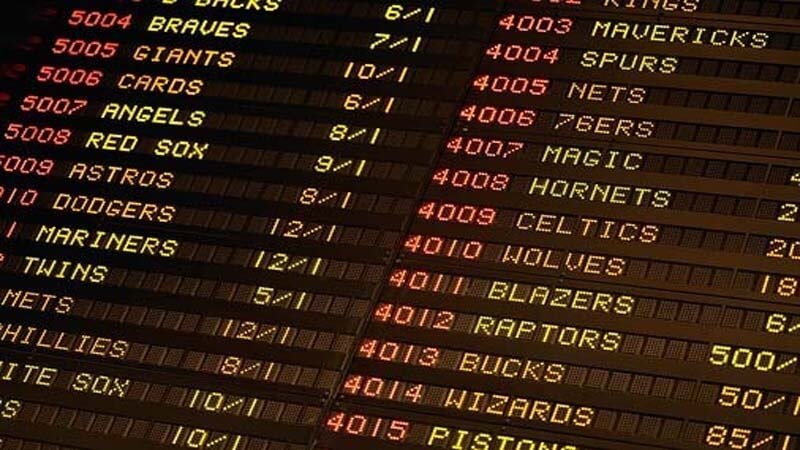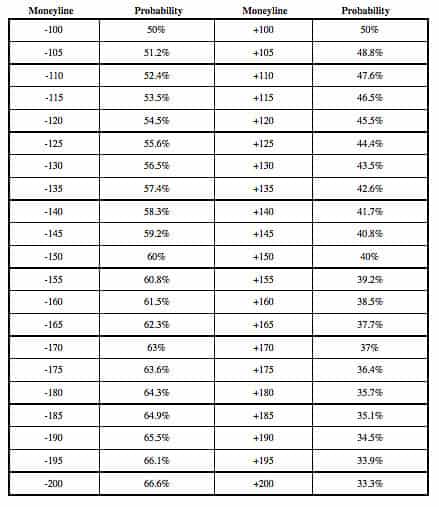
Damn, that's a lot of numbers. But what do they all mean?
In our first of two Betting Odds Explained articles, we showed one way how to read odds.
That explanation of how do odds work showed how you can determine how much you can win and how much you have to risk on each bet.
This second Betting Odds Explained article will show a different way how to read odds.
How to read odds: Probability
Odds also tell you the oddsmakers’ numerical expression of the probability of an event taking place.
This way, you can determine whether there is value in making a bet.
Just calculate what the oddsmakers suggest the probability is and compare it to what you think the probability is. If you think the probability is higher than the odds suggest, you’ve got yourself a great bet.
Here’s an example:
The Blue Jays are +150 on the moneyline, but you believe their probability of winning the game is 50%.
Since +150 odds suggest a 40% probability of winning (here’s how to calculate this), you have a very good betting opportunity.
Let’s see what would happen if you made this bet 100 times, with the Blue Jays winning 50 times (50%).
50 wins at $150 +$7500
50 losses at $100 – $5000
———————————–
Profit: + $2500
Profit per bet: + $25 ($2500/100)
Probability of different moneylines
The chart below explains the implied probability of different moneylines, from +100 to +/-200.
As you can see, even “5 cents” on the moneyline (-115 instead of -110) requires you to win the bet approximately 1% more often in order to break even.
Having these betting odds explained into a break-even percentage shows the importance of getting the best odds on your bets.


